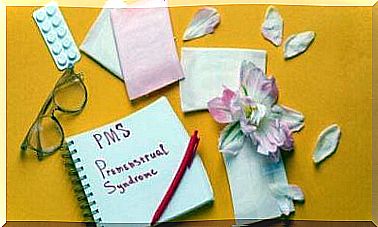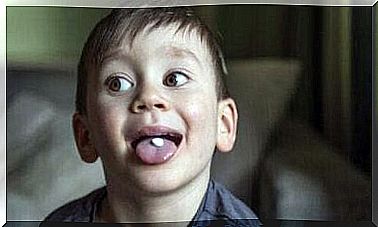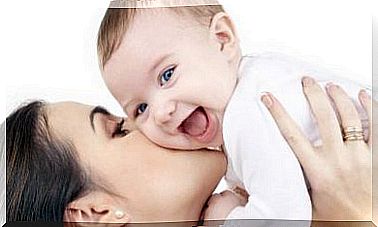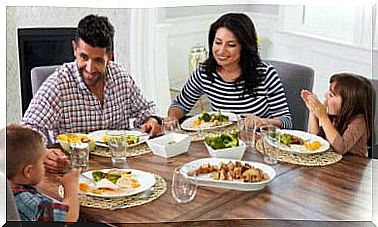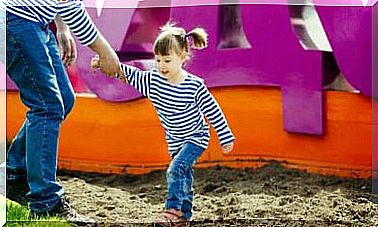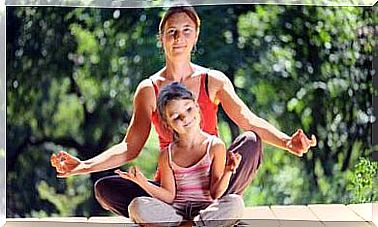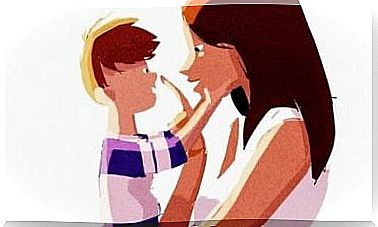Bullying: Teach Your Child How To React
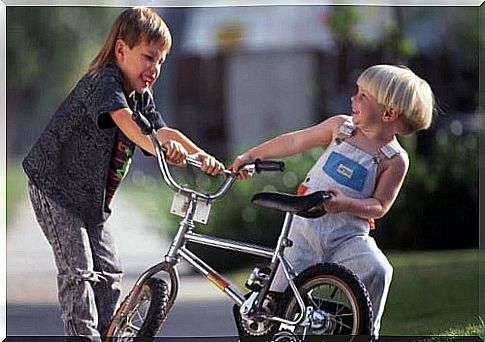
There is nothing that makes a mother feel as sad and helpless as knowing that her son has been beaten by other children. Certainly all of us are concerned and indignant by the phenomenon of bullying. You may be wondering how to behave in these cases, how to teach your child to react in the face of violence.
Some children are a little too prone to pinching, kicking, biting, slapping, or other aggressive behavior. They can be isolated or systematic episodes; they usually occur in the environments that the child attends, such as the school, the park, the summer camp, etc.
Well, teaching the child to react to the violence of his peers is the responsibility of the parents. The adult knows the most effective way to block any aggressive behavior against the child; it is his job to keep these situations under control, unfortunately so common.
How to avoid raising an aggressive child
There are several guidelines that a parent can follow from when the child is small. They help prevent the child’s aggressive behavior. At the same time, they prepare him to react should he find himself in certain situations, for example, when another child hits him.
- As always, parents need to set a good example, because children imitate what they see in the house. Physical punishment must be avoided, otherwise the child will consider them useful resources for survival.
- Prevent aggression in your child by letting them know what happens when they hurt someone. You can use a painful grimace or be angry, but always explain how the hit feels.
- But when another child is attacking your child, don’t let it go. For example, if the little attacker wants a toy or the swing that your child sits on, you shouldn’t give them. If not, you will convey this message to both of you: Violence is good and is about getting what you want.
- Do not advise your child to respond with equal violence, do not support the law of retaliation or the strongest.
- When your child makes one of these unkind gestures, a punishment such as putting him in a corner for a few minutes can be effective.
- It is important to teach the child, when he hits a peer accidentally or intentionally, to be aware of the mistake and to apologize. In the meantime, comfort the attacked partner, without however insisting on his vulnerability or strengthening his role as victim.
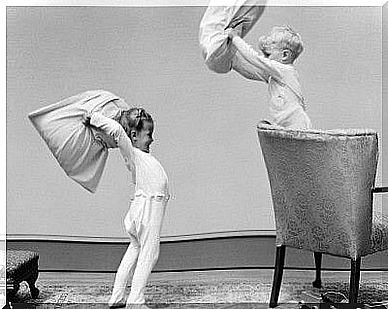
How to teach your child to react when hit by another child
- Listen. Before you get angry, listen carefully to your child to know where and when these episodes occur and who is participating in them. Find out if it’s a personal matter between two children or outright bullying with an attacker and their audience.
- Ask questions. There is no need to search for a culprit right away or go through a police interview. The aim is to understand the circumstances and environment in which your child experiences violence.
- Help your child communicate so that they can mediate and resolve the conflict themselves. Always act impartially, looking for the most appropriate solutions and giving reasons to those who have it. At the same time, don’t blame or humiliate the other.
- Offer the child the terms to be able to express himself . It is essential to teach the child, from an early age, the words necessary to identify and express the feelings he feels in these circumstances. Being able to describe in words what happens inside oneself is the first step towards assertiveness.
Look for a possible solution to the conflict with your child
- “ How do you think this situation can be solved ?”: This is a good question to start from in solving the problem. Certainly much better than urging him to “break the face” of the child who beats him. You will see that on more than one occasion the baby’s response will surprise you.
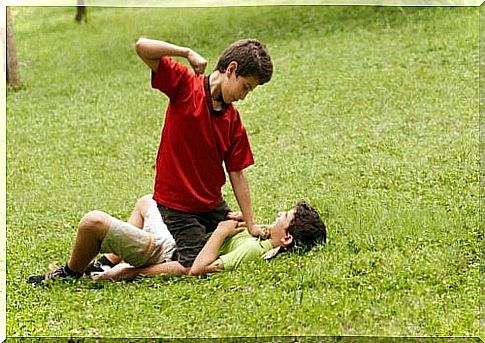
- Show the child the possible alternatives. Give him a way to think or implement the different options so that the problem does not get out of hand. The ways out of the conflict can be various, including the technique of role play.
- Stimulate verbal communication. It is not necessary to get to the hands, enough and advances the word. Help your child to impose limits, to be respected with words even when he feels confused.
- If you see a fight, separate the children immediately. End the conflict with firmness and determination, but not abruptly, avoiding shouts and insults.
- Build confidence in your child. When other children beat him and he confides in his frustrations, give him confidence and make him feel strong. He needs to know that he can always count on your unconditional support. However, he will decide how to deal with the problem, whether with words, with the complicity of his friends or with the intervention of an adult. When he solves a difficulty himself, his self-esteem and his ability to face challenges are strengthened.
- Encourage assertiveness as a way to react to violence. This attitude means defending one’s rights clearly and firmly, without becoming aggressive.
